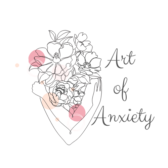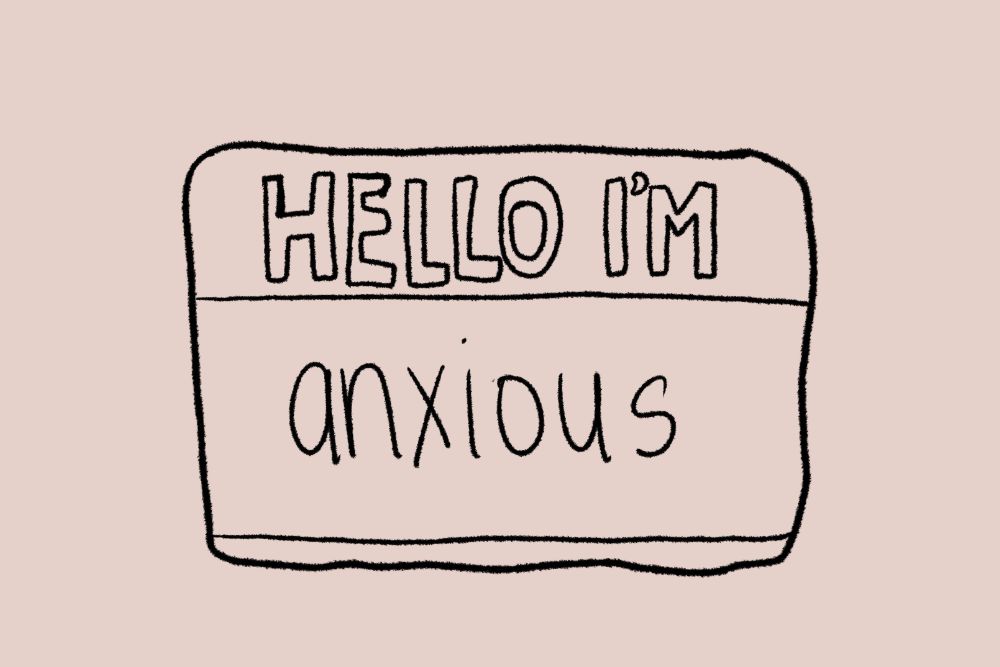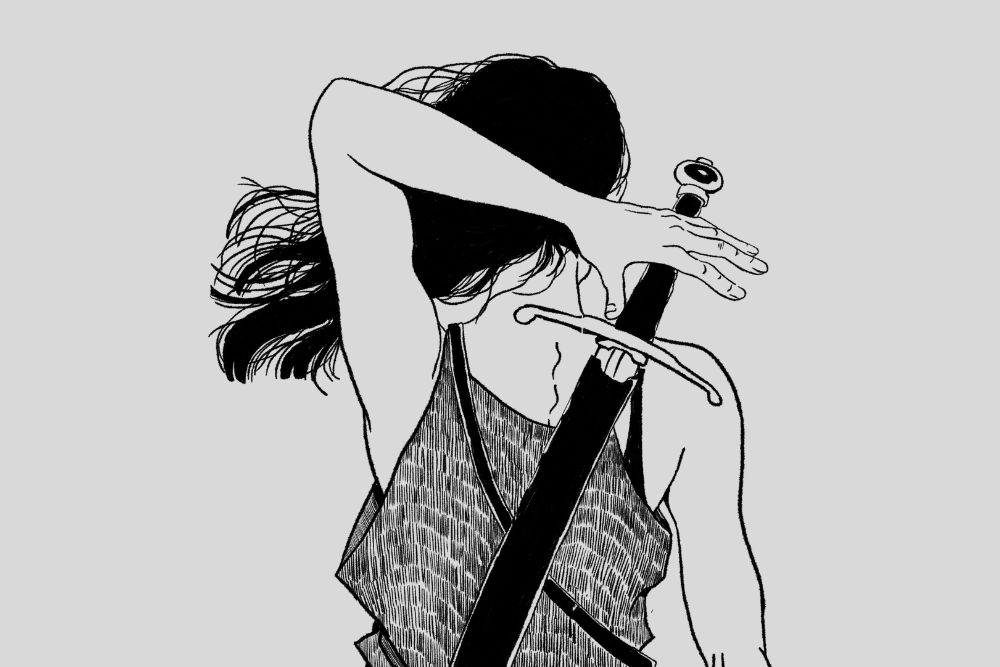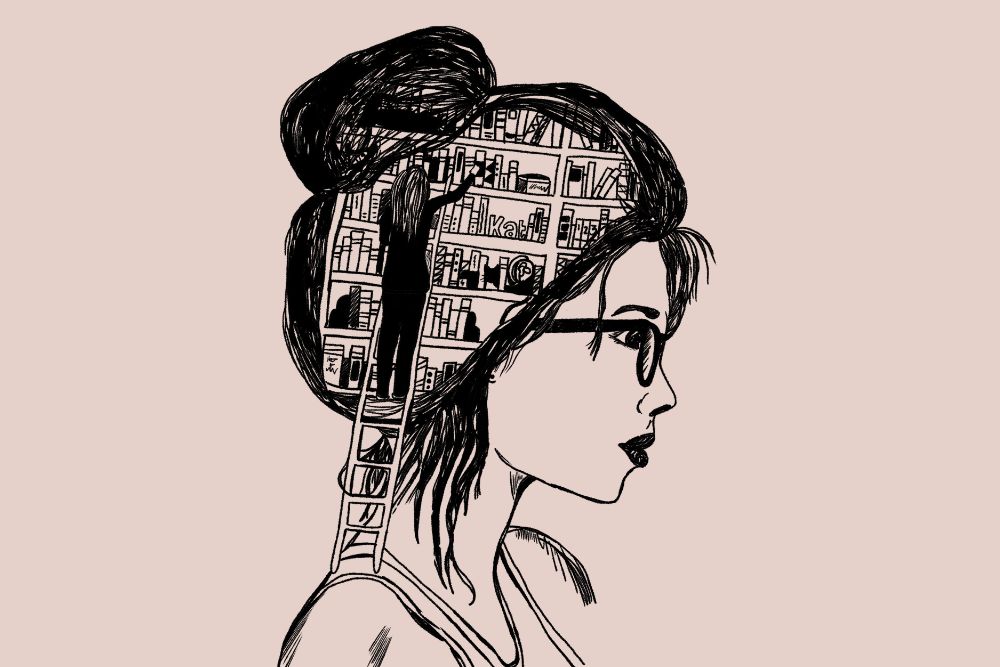Anxiety doesn’t have just one form. It comes in all shapes and sizes. In fact, there are 5 types of anxiety disorders.
Anxiety is a normal human feeling, but it ranges in intensity and duration. In normal circumstances, anxiety is fleeting.
But when this anxiety or fear becomes chronic, constant, overwhelming, impossible to manage, involves catastrophizing,x and interferes with daily life, it is considered an anxiety disorder.
There are five main types of anxiety disorders. These disorders are identifiable by a range of physical, cognitive, and behavioral symptoms as well as disorder-specific requirements.
Generalized Anxiety Disorder

Generalized Anxiety Disorder (or GAD) is basically just constant anxiety about everything that nothing can relieve. The main criterion for diagnosis of General Anxiety Disorder is worry.
But, unlike everyday anxiety, this type of worry can lead to unnecessary distress and prevents concentration on anything else. It can lead to panic attacks as well as other disorders like sleep disorders. It can also lead to fatigue, muscle pain and irritability.
Obsessive-Compulsive Disorder

Obsessive-Compulsive Disorder (OCD) often gets confused with being a perfectionist or ‘neat-freak’. But it’s a lot more than that. It is identifiable by obsessions, compulsions, or both. These are not only time-consuming but they can cause immense distress and interfere with daily life. Along with intrusive and unwanted thoughts, obsessions can also include persistent urges or impulses.
These obsessions result in a lot of anxiety and distress. No matter what the person does, they can’t seem to get rid of these. This is where compulsions come in. Compulsions or ritualistic behaviors are used to try and ease the anxiety and distress caused by obsessions. Often they’re used as a way to cope. But they often aren’t connected to the cause of the anxiety in any realistic way, and if they are, they are usually excessive.
The person feels driven to perform ritualistic and repetitive behaviors or mental acts, which can be anything from handwashing, or repeatedly checking the stove is off, to mental counting or silently repeating words over and over.
Post Traumatic Stress Disorder

Post Traumatic Stress Disorder is a series of symptoms that can happen after a traumatic event. The traumatic event can be anything from a car accident to an abusive relationship. Instead of the person healing from the event, they get stuck in it.
This can result in immense fear and phobias, intense nightmares, depression, persistent flashbacks, panic attacks and avoidance of anything related to the trauma.
PTSD sucks because it feels like you can’t escape the trauma, even if you’re not in it anymore. When you’re in it, it does feel neverending. It can feel like you’re going mad. But it does end. You do get through it.
Social Anxiety Disorder

Social anxiety is a specific type of phobia that occurs in social situations. It results in persistent and intense fear of social situations. It’s not just struggling to remember people’s names when you meet them, forgetting your own name, or accidentally responding “to you too” when someone wishes you a happy birthday.
It’s the type of fear that leads to avoidance of social interactions. Some people will avoid eating, talking, or even appearing in public out of fear that they will embarrass themselves or be judged negatively. This fear can result in shaking, reddening of the face, and panic attacks when out in public, leading to a worsening of the fear.
Panic Disorder

Have you ever started panicking about panicking? This seems completely illogical, but it happens, and it actually has a name: Panic Disorder. Panic attacks suck. They can make you feel like you’re going to die. They usually appear out of nowhere and, within minutes take over your entire body. In short, they’re a trauma response. But often the cause of that trauma doesn’t warrant the response in the body (eg a panic attack about going on a date).
The symptoms and intensity can vary depending on the person, the situation or the reason behind it. Panic attacks can result in avoidance and even agoraphobia.
Panic Disorder happens when you have recurrent panic attacks followed by at least a month of constantly living in fear of having another panic attack. This fear can also include maladaptive behaviour to prevent these panic attacks.
People with Panic Disorder will do anything they can to prevent panicking, which just leads to more panicking. It’s a vicious cycle that gets worse every time you panic. Developing coping skills can help with this, as can things like mindfulness.
Navigating the Different Types of Anxiety Disorders
Each anxiety disorder requires a different approach and each human also requires a different approach. As I also say, you have to find what works for you. This can come in the form of therapy, medication, self-care, and more. Even if things seem hopeless, I can guarantee that you will find something that helps you.
Anxiety doesn’t have a quick fix or a timeline. It’s a process and sometimes that process sucks, but you do get through it.

Kathryn is the creator of Art of Anxiety. She was diagnosed with GAD and MDD at 16 and has been working every day to master the art of anxiety ever since. Her favorite things to do are aerial yoga and hanging out with her cats while reading a good book.




